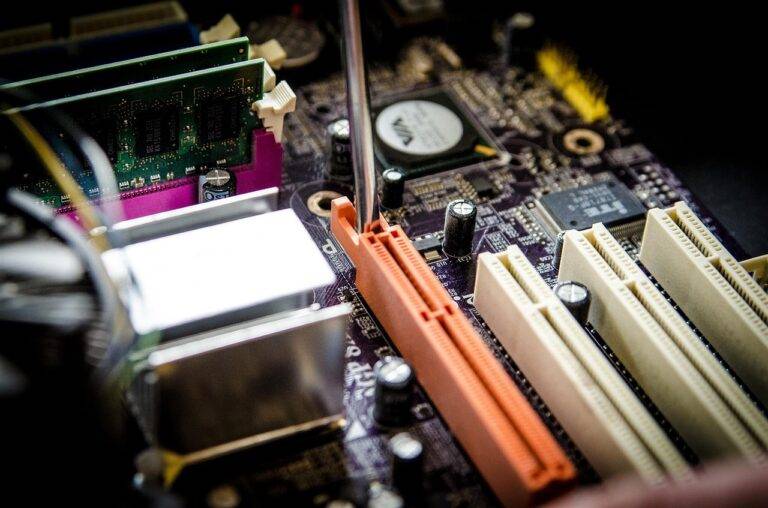Aerospace Technology Advancements
Boeing is one of the most renowned names in the aerospace industry, with a history dating back over a century. The American company is known for its wide range of commercial and military aircraft, as well as its innovative technologies that continue to shape the future of aviation.
Airbus, a European multinational corporation, is another key player in the aerospace industry. With a strong focus on sustainability and technological advancements, Airbus has established itself as a major competitor to Boeing. The company’s diverse portfolio includes commercial airplanes, helicopters, and defense systems, making it a prominent player in the global aerospace market.
Innovations in Aircraft Design
In the ever-evolving aerospace industry, aircraft design continues to push the boundaries of innovation. One of the major advancements in recent years is the increased use of composite materials in aircraft construction. These materials offer a higher strength-to-weight ratio compared to traditional materials, resulting in more fuel-efficient and lighter aircraft.
Additionally, the integration of advanced aerodynamics has played a crucial role in improving aircraft performance. By optimizing the shape of aircraft components and wings, engineers have been able to reduce drag and increase overall efficiency. This has led to smoother flights, reduced fuel consumption, and enhanced maneuverability in both commercial and military aircraft.
Revolutionizing Aircraft Propulsion Systems
Aircraft propulsion systems have undergone significant advancements in recent years, marking a pivotal moment in the aerospace industry. The integration of electric propulsion technology has opened new possibilities for cleaner, more efficient aircraft operations. This shift towards electric propulsion systems has garnered attention from major players in the industry, with companies investing heavily in research and development to stay ahead of the curve.
One of the key advantages of electric propulsion systems is their potential to reduce emissions and environmental impact. By incorporating electric motors in aircraft design, there is a significant reduction in fuel consumption and carbon emissions. This not only benefits the environment but also aligns with the increasing focus on sustainability within the aviation sector.
• Electric propulsion technology has opened new possibilities for cleaner, more efficient aircraft operations
• Major players in the industry are investing heavily in research and development to stay ahead of the curve
• Electric propulsion systems have the potential to reduce emissions and environmental impact
• Incorporating electric motors in aircraft design leads to a significant reduction in fuel consumption and carbon emissions
• Focus on sustainability within the aviation sector is increasing
Who are some major players in the aerospace industry?
Some major players in the aerospace industry include Boeing, Airbus, Lockheed Martin, and Northrop Grumman.
What are some recent innovations in aircraft design?
Recent innovations in aircraft design include the use of composite materials for lighter and stronger structures, aerodynamic improvements for increased fuel efficiency, and advanced avionics systems for enhanced safety and performance.
How are aircraft propulsion systems being revolutionized?
Aircraft propulsion systems are being revolutionized through the development of more efficient and environmentally friendly engines, such as electric and hybrid-electric propulsion systems, as well as advancements in traditional jet engine technology.





